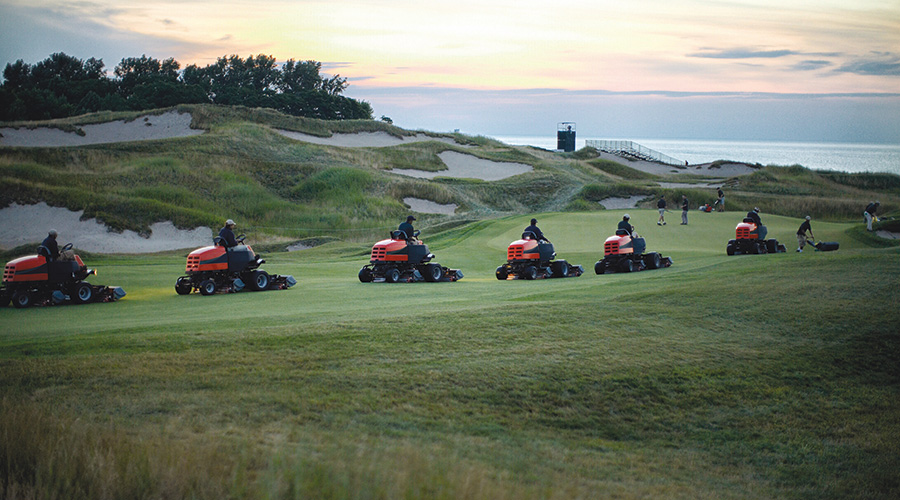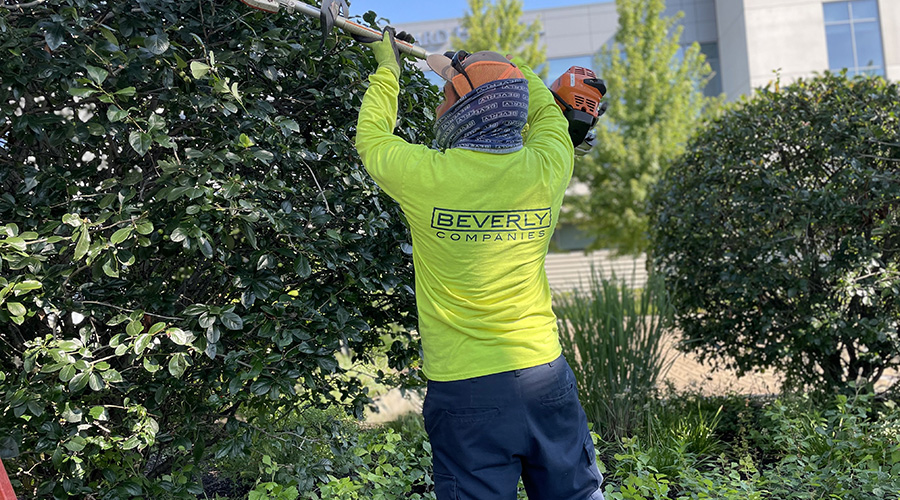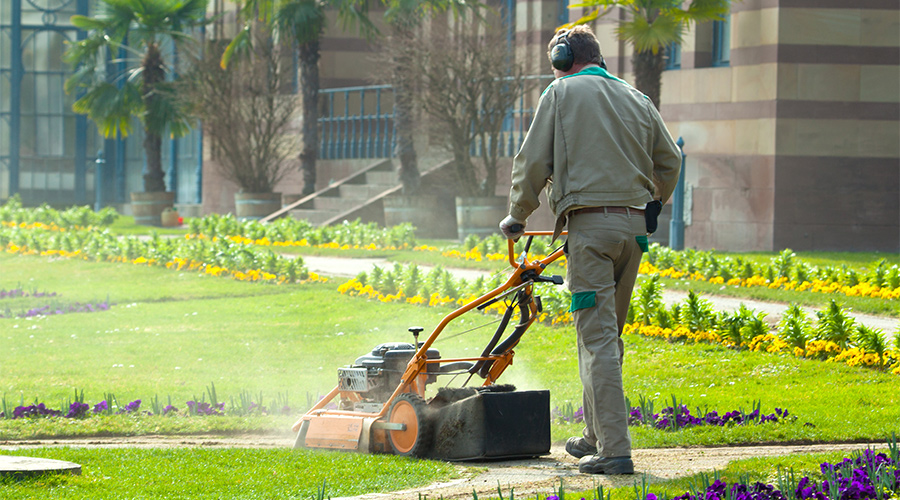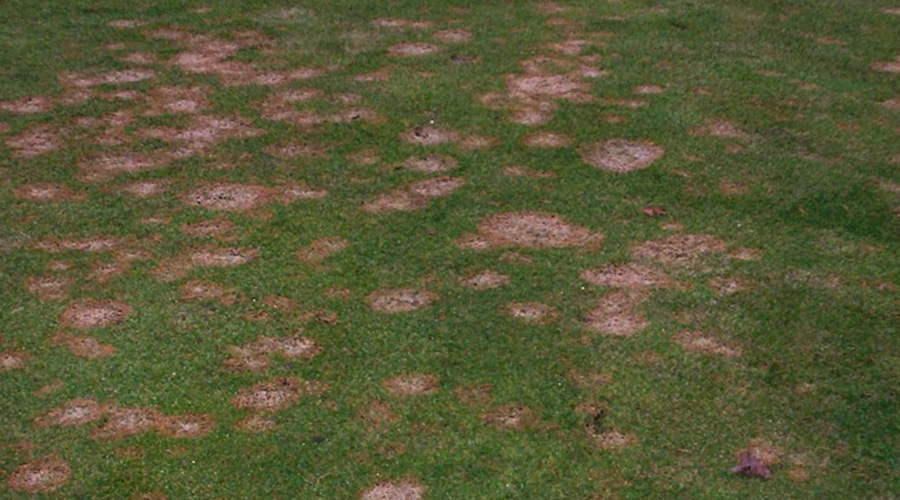 Managers who adapt their current practices on sustainability can help their department achieve the ultimate goal of sustainable, strategic management.
Managers who adapt their current practices on sustainability can help their department achieve the ultimate goal of sustainable, strategic management.Landscapes and Integrated Pest Management
Focusing on equipment performance, water efficiency and chemical use can benefit operations and the environment
Chemical treatments of landscapes can be toxic, dangerous and hard on the environment. It is impossible to keep the chemicals from leaching into streams, rivers and other water sources, so the more managers can avoid using them, the better.
One increasingly popular alternative to the use of chemicals is an integrated pest management approach, which starts with healthy soil. The first line of defense against the presence of weeds, pests and disease is properly hydrated and aerated soil with the right balance of nutrients to deter fungus and other undesirables. Turf that is thick, lush and healthy prevents weed growth.
Managers specifying fertilizers have a host of organic and non-organic options. Both can effectively feed plants and have their pros and cons with each, although it is apparent which is the environmentally friendliest route.
Water-soluble, chemically manufactured fertilizers can be useful for an immediate feeding, while synthetic fertilizers are designed to release nutrients over a prolonged period. But most have a high salt index, which can burn and dehydrate plants and the chemicals not absorbed end up in waterways — even more damaging to the environment.
Natural fertilizers break down slowly, so time is the only disadvantage. But the process improves the structure of the soil, resulting in nutrients that remain until the plants use them. Since their salt index is low, the danger of burning or dehydration is minimal, even during drought periods or when overapplied. Another important benefit of natural fertilizers is that they are far less likely to contaminate water.
Pesticides — including herbicides, fungicides, insecticides, rodenticides, and other pest-control products — are a major environmental concern because, as the name infers, they are deadly by design. Before jumping to this solution, managers need to examine all other options. First, they should consider using organic weed control. Along with maintaining optimum soil health, crews should apply mulch where appropriate and use a hoe to pull weeds, including roots. If weeds are too much to manage, organic weed killers and herbicides are viable options, thanks to increased consumer demand and stricter regulations from the U.S. Environmental Protection Agency.
Second, along with natural weed control, pruning, debris removal and proper watering also are sustainable practices that have proven to be effective. For instance, diseased and rotting branches and areas of standing water can create an environment for unwanted insects, fungus and disease to thrive. Keeping trees and shrubs properly pruned and healthy, as well as making sure the property has good drainage, are effective tactics for controlling pests and maintaining healthy landscapes.
Third, while departments traditionally use surface treatments for snow and ice —rock salt and other chloride-based deicers are the most commonly used chemicals — they can be hard on plants, soil and aquatic life. Managers have alternatives that are less harmful to the environment, but they might not be as budget friendly or effective, depending on the climate. The best move might be to employ manual snow-removal tactics often and apply treatments as sparingly as possible.
Related Topics:














